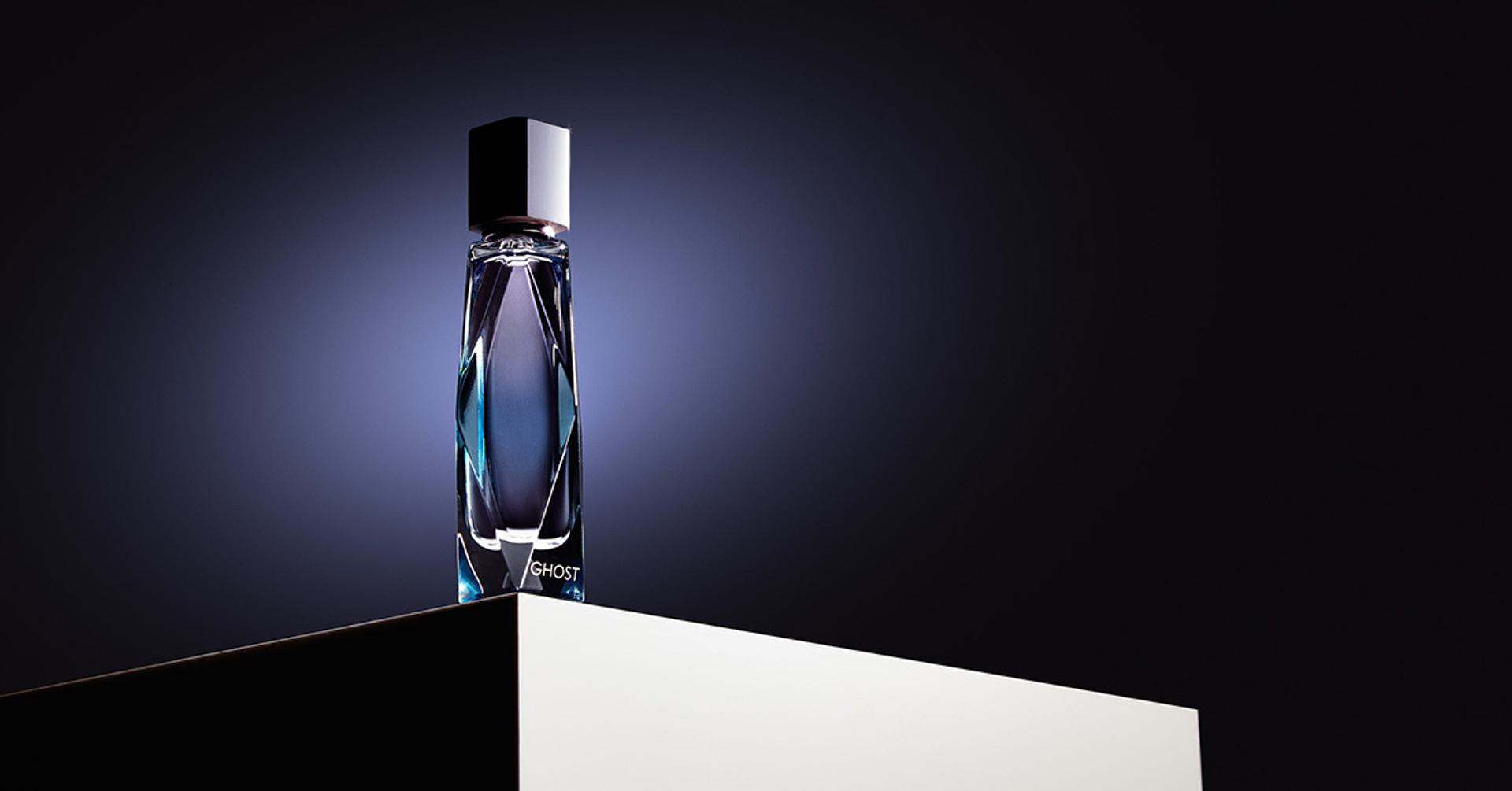Aramis Shop: Your Hub for Stylish Living
Discover the latest trends in home decor, fashion, and lifestyle at Aramis Shop.
Picture Perfect: How to Make Your Products Shine
Transform your products into showstoppers! Discover expert tips to create stunning images that sell.
10 Essential Tips for Stunning Product Photography
Capturing stunning product photography is crucial for showcasing your products and attracting potential customers. Lighting plays a pivotal role in achieving high-quality images; natural light is often the best choice. Experiment with shooting during different times of the day to harness the perfect glow. Additionally, consider using a lightbox for smaller products, as it diffuses light evenly, eliminating harsh shadows and creating a polished look. Don’t forget to adjust your camera settings to account for the lighting conditions, ensuring your images are not overexposed or underexposed.
Another important tip is to pay attention to your composition. Use the rule of thirds to create visually appealing images by placing your product off-center. Incorporate props that complement your product, but ensure they don’t distract from the main focus. Utilizing a clean, clutter-free background can also enhance the overall presentation. Finally, always take multiple shots from different angles; this will allow you to select the best image that truly represents your product's unique features and aesthetic appeal.

How Lighting Affects Your Product Images: A Complete Guide
Lighting plays a crucial role in enhancing the quality of your product images. Proper lighting not only illuminates the product but also affects its color, texture, and overall appeal. Using natural light can create soft, flattering shadows, making products appear more three-dimensional. On the other hand, harsh lighting can lead to unwanted glare and overexposed highlights, resulting in less appealing images. To achieve the best results, consider utilizing a combination of natural light and artificial lighting sources, such as softboxes. Experimenting with different angles and intensities will help you find the perfect balance for your specific products.
When setting up your shooting environment, pay attention to the color temperature of your lights. The right color temperature can evoke emotions and draw attention to your products effectively. For instance, warmer tones can create a sense of comfort and coziness, while cooler tones may convey a more modern and sleek aesthetic. Additionally, consider using light modifiers, such as diffusers and reflectors, to soften shadows and even out the light. Remember, the goal is to highlight your product's best features without overwhelming the viewer with harsh lighting or distracting reflections.
What Makes a Product Photo Stand Out?
In today's visually driven market, making a product photo stand out requires more than just capturing a clear image. It involves using strategic lighting and composition. Natural light can enhance the product's features, while clever angles can add depth and intrigue. Additionally, considering the background is crucial; a clean, uncluttered backdrop allows the product to take center stage, ensuring it does not get lost in distractions. Using props or relevant contexts can also enhance the narrative of the photo, making it relatable and enticing for potential buyers.
Another key aspect is the post-processing stage, where editing tools can be leveraged to fine-tune colors and contrast, making the product pop. It's essential to maintain a consistent style that aligns with your brand identity, as this fosters recognition and trust among consumers. Lastly, incorporating text overlays for promotions or key features can be an effective tactic for making a product photo not just eye-catching but also informative, ultimately leading to higher engagement and conversion rates.